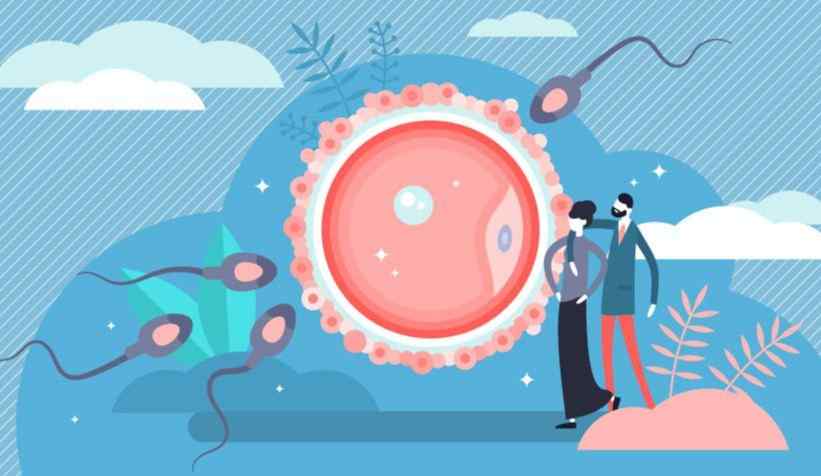Last updated on June 17th, 2023 at 10:56 am
Understanding adolescent sexual and reproductive health-seeking behaviors have implications for youth-friendly service programming. It was conducted by Aparna Jain, Hussein Ismail, Elizabeth Tobey, and Annabel Erulkar. They cite several barriers that prevent adolescents from seeking help. These barriers include an immature reproductive system, social isolation, and a lack of integrated services.
Table of Contents
Barriers to adolescent access to sexual and reproductive health services
Adolescents’ obstacles in accessing SRH services are varied and often based on personal concerns. These concerns may include confidentiality, embarrassment, and fear. Furthermore, structural barriers can also reduce adolescents’ access to SRH services. As a result, addressing the barriers to adolescent access to SRH services is critical.
One of the most significant barriers is a lack of knowledge about sexual and reproductive health services. According to Stone and Ingham, this might make it more difficult for teenagers to use these services. Inaccurate or inadequate information may also be one of the obstacles that young people must overcome. For instance, teenage females who are frightened about getting pregnant might go to an abortion clinic Dallas for help.
Immature reproductive systems
Adolescent fertility is a complex issue with a range of consequences. The health consequences of childbearing in this age group are more severe than those of their adult counterparts. The biological immaturity of young women can lead to birth trauma and low birth weight. Lack of access to health care and early marriage also pose significant risks to adolescents.
Adolescent sexual and reproductive health has historically been neglected, but it is now a severe problem with significant consequences for countries worldwide. Some challenges adolescents face include early pregnancy, difficulty accessing contraception, and high rates of HIV. Further, healthcare workers often act as barriers and prevent adolescents from receiving health care.
Social isolation
Social isolation is a severe problem for adolescents. It is often more prevalent in girls than in boys. It is associated with school dropout, early marriage, and many other factors. It also increases the risk of sexual violence and HIV and can lead to an unplanned pregnancy.
Poverty compounds the risk factors of social isolation and decreases support from family and peers. As a result, adolescents must improvise to meet their basic needs. The breakdown of social structures is protective if harmful practices are stopped but can compromise adolescent health. The absence of family and peer support may also lead to a disconnect between adolescents and traditional cultures.
In situations of emergency, power differences between men and women may increase. In addition, girls are often expected to maintain cultural and social norms they are not yet ready to assume. These circumstances may make them particularly vulnerable to exploitation and unsafe abortion.
Gender-based violence
Gender-based violence (GBV) is a widespread public health problem, and it profoundly impacts the lives of victims and their families. It affects women from all socio-economic and cultural backgrounds; one out of three women will experience some form of physical or sexual abuse at some point in their lifetime.
Up to 80 percent of perpetrators are also known as victims. The health consequences of GBV are more significant for women than for men, but both genders are affected by it. While there are few studies on the impacts of GBV, the META survey provides some of the first data on how GBV affects young women and girls.
It was conducted in three Brazilian cities. Few studies have looked at this issue in smaller towns, making it a unique and valuable resource. The survey consisted of ten sections that asked questions about adolescents’ socio-demographic characteristics, sexuality, norms, and values.







